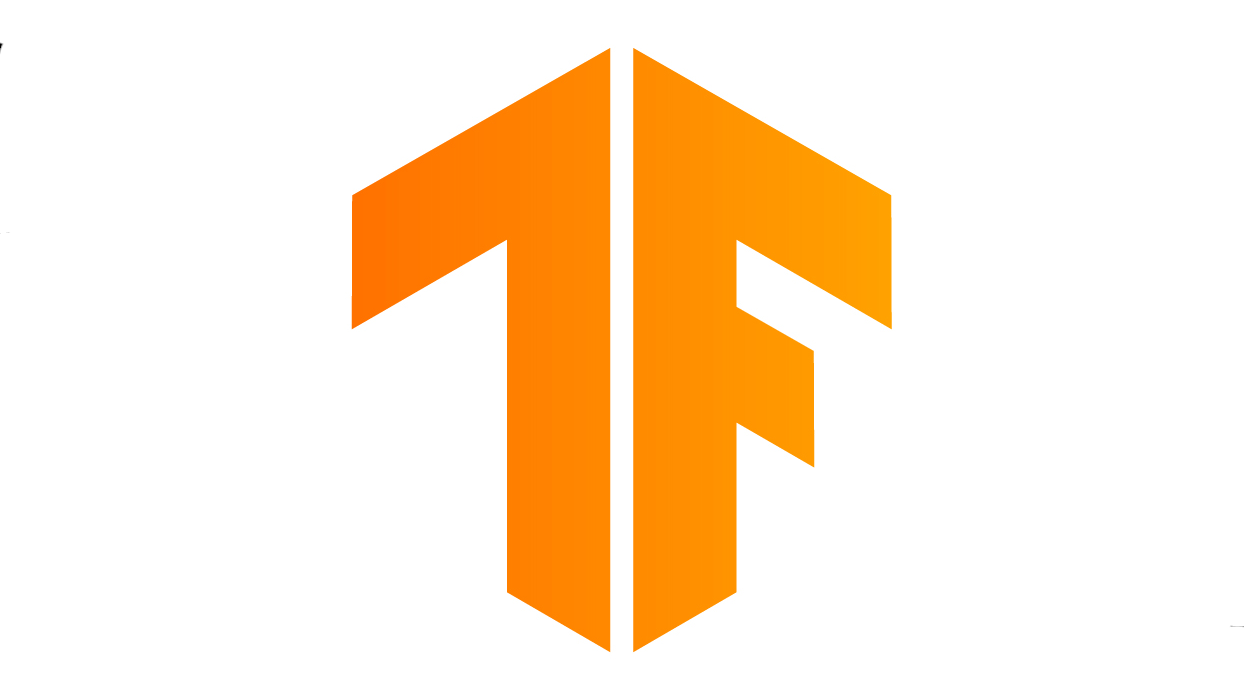그래픽을 위한 차별화된 레이어
import numpy as np
import tensorflow as tf
import trimesh
import tensorflow_graphics.geometry.transformation as tfg_transformation
from tensorflow_graphics.notebooks import threejs_visualization
# Download the mesh.
!wget https://storage.googleapis.com/tensorflow-graphics/notebooks/index/cow.obj
# Load the mesh.
mesh = trimesh.load("cow.obj")
mesh = {"vertices": mesh.vertices, "faces": mesh.faces}
# Visualize the original mesh.
threejs_visualization.triangular_mesh_renderer(mesh, width=400, height=400)
# Set the axis and angle parameters.
axis = np.array((0., 1., 0.)) # y axis.
angle = np.array((np.pi / 4.,)) # 45 degree angle.
# Rotate the mesh.
mesh["vertices"] = tfg_transformation.axis_angle.rotate(mesh["vertices"], axis,
angle).numpy()
# Visualize the rotated mesh.
threejs_visualization.triangular_mesh_renderer(mesh, width=400, height=400)
TensorFlow Graphics는 선택한 머신러닝 모델에 사용할 수 있는 차별화된 그래픽 레이어(예: 카메라, 반사율 모델, 메시 컨볼루션) 및 3D 뷰어 기능(예: 3D 텐서보드) 세트를 제공하여 커뮤니티에서 유용한 그래픽 함수에 폭넓게 액세스할 수 있도록 합니다.
지난 몇 년 동안 신경망 아키텍처에 삽입할 수 있는 차별화된 새로운 그래픽 레이어가 증가했습니다. 공간 변환기에서 차별화된 그래픽 렌더기에 이르기까지 이러한 새로운 레어어는 수년간의 컴퓨터 비전 및 그래픽 연구에서 얻은 지식을 활용하여 새롭고 더 효율적인 네트워크 아키텍처를 구축합니다. 기하학적 사전확률 및 제약조건을 머신러닝 모델로 명시적으로 모델링하면 강력하고 효율적이며 무엇보다도 자체 감독 방식으로 학습시킬 수 있는 아키텍처를 위한 문이 활짝 열립니다.
시작하려면 더 자세한 개요, 설치 가이드 및 API를 참조하세요.
지난 몇 년 동안 신경망 아키텍처에 삽입할 수 있는 차별화된 새로운 그래픽 레이어가 증가했습니다. 공간 변환기에서 차별화된 그래픽 렌더기에 이르기까지 이러한 새로운 레어어는 수년간의 컴퓨터 비전 및 그래픽 연구에서 얻은 지식을 활용하여 새롭고 더 효율적인 네트워크 아키텍처를 구축합니다. 기하학적 사전확률 및 제약조건을 머신러닝 모델로 명시적으로 모델링하면 강력하고 효율적이며 무엇보다도 자체 감독 방식으로 학습시킬 수 있는 아키텍처를 위한 문이 활짝 열립니다.
시작하려면 더 자세한 개요, 설치 가이드 및 API를 참조하세요.


